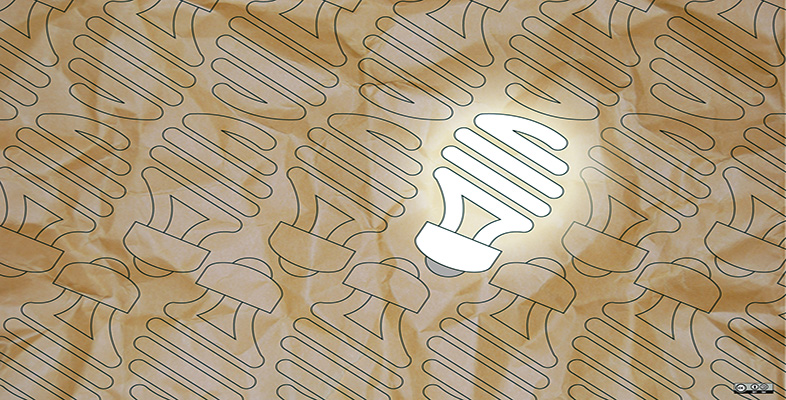Innovation through representation
Introduction
Innovations are realised through design, and some of the most useful tools in the designer’s toolbox are the representations that are used to move from a vague idea to a concept, and then to a realised product, service or system. In this course we are going to explore in some detail what these representations are and how they are used not only to develop, but also to communicate visions of innovation.
In this free course, we will start in Section 1 by considering how innovation is defined, what the sources of innovation are, and what the outcomes of innovation look like. In Section 2 we will take this further by considering how representations are used to develop and discuss innovations; how they are used by designers to communicate their ideas, concepts or visions, and why they are used to support communication and dialogue. In Section 3, we will explore how representations are created and used as tools during innovation processes; we will consider the different types of representations and the different roles that these play in innovation processes. In Section 4 we will explore the role of representations in ensuring that innovation takes place, by persuading others of the value of an innovation. Finally, in Section 5, we will summarise the key learning outcomes of the course, and introduce the Innovation Frame, a useful model that supports thinking about the innovation process.
| Section | Study time |
|---|---|
| 1. What is innovation? | 4 hours |
| 2. Talking about representations | 3 hours |
| 3. What are representations for? | 4 hours |
| 4. Persuading representations | 3 hour |
| 5. Supporting innovation | 1 hour |
This OpenLearn course is an adapted extract from the Open University course T317 Innovation: designing for change [Tip: hold Ctrl and click a link to open it in a new tab. (Hide tip)] .
